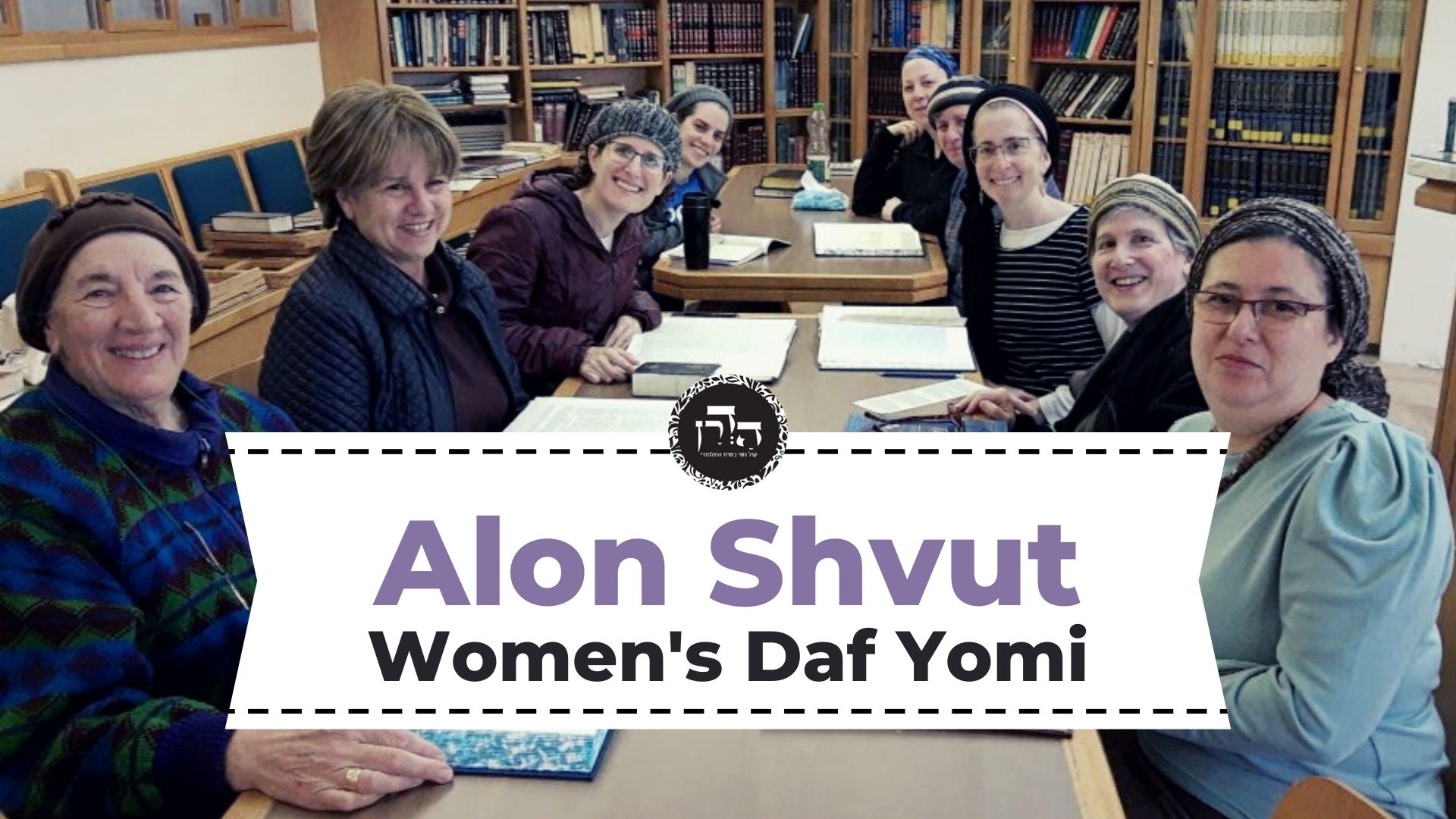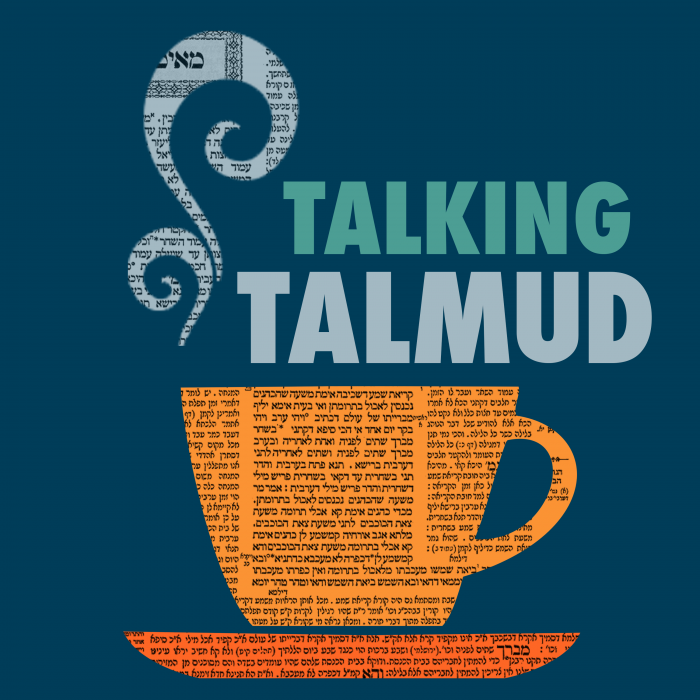Yoma 56
עֲשָׂרָה מַעֲשֵׂר רִאשׁוֹן, תִּשְׁעָה מַעֲשֵׂר שֵׁנִי, וּמֵיחֵל וְשׁוֹתֶה מִיָּד. דִּבְרֵי רַבִּי מֵאִיר.
ten log that I will later separate shall be the first tithe; and another tenth from the rest, which equals nine log of the remaining ninety, shall be second tithe. And he redeems the second tithe with money that he will later take to Jerusalem, and he may then immediately drink the wine. After Shabbat, when he removes portions from the mixture and places them in vessels, they are retroactively designated as terumot and tithes. This is the statement of Rabbi Meir.
רַבִּי יְהוּדָה וְרַבִּי יוֹסֵי וְרַבִּי שִׁמְעוֹן אוֹסְרִין. אַלְמָא אֵין בְּרֵירָה.
Rabbi Yehuda, Rabbi Yosei, and Rabbi Shimon prohibit this practice. Apparently, Rabbi Yehuda maintains that there is no retroactive clarification.
מִמַּאי? דִּילְמָא שָׁאנֵי הָתָם כִּדְקָתָנֵי טַעְמָא, אָמְרוּ לוֹ לְרַבִּי מֵאִיר: אִי אַתָּה מוֹדֶה שֶׁמָּא יִבָּקַע הַנּוֹד וְנִמְצָא שׁוֹתֶה טְבָלִים לְמַפְרֵעַ? וְאָמַר לָהֶם: לִכְשֶׁיִּבָּקַע.
The Gemara explains the difficulty: From where do you reach this conclusion? Perhaps it is different there, as the reason is taught: The Rabbis said to Rabbi Meir: Do you not concede that the jug might split open before he removes the portions of terumot and tithes from the mixture, causing all the wine to spill out? And he will then be found drinking untithed wine retroactively. Therefore, he cannot rely on separation that has not yet occurred. And he said to them: Although there will be a problem if it splits open, there is no cause to be concerned for this contingency in advance. Since this reasoning is based on the possibility that the jug might break, there is no proof from here that Rabbi Yehuda rejects the principle of retroactive clarification.
אֶלָּא, מִדְּתָנֵי אַיּוֹ. דְּתָנֵי אַיּוֹ, רַבִּי יְהוּדָה אוֹמֵר: אֵין אָדָם מַתְנֶה עַל שְׁנֵי דְבָרִים כְּאֶחָד.
Rather, the proof that Rabbi Yehuda does not accept the principle of retroactive clarification is from a baraita the Sage Ayo taught. As Ayo taught that Rabbi Yehuda says: A person cannot stipulate conditions about two matters at once, e. g., one cannot establish a joining of Shabbat boundaries [eiruv] in each of two different directions on Friday afternoon while making the following stipulation: If tomorrow, on Shabbat, two Sages arrive from two different directions, I will decide then which of the two lecturers I prefer to hear at that point in time, which will determine which eiruv is in effect.
אֶלָּא: אִם בָּא חָכָם לַמִּזְרָח — עֵירוּבוֹ לַמִּזְרָח. לַמַּעֲרָב — עֵירוּבוֹ לַמַּעֲרָב. אֲבָל לְכָאן וּלְכָאן — לָא.
Rather, he may say that if the Sage comes to the east, his eiruv is to the east, and if the Sage comes to the west, his eiruv is to the west. However, he may not say that if one Sage comes from here, and another Sage comes from there, he will go wherever he wishes, in either direction.
וְהָוֵינַן בַּהּ: מַאי שְׁנָא לְכָאן וּלְכָאן דְּלָא, דְּאֵין בְּרֵירָה.
And we discussed this passage in the Gemara and asked: What is different about a case in which one stipulated that if Sages came from here and from there that he may go to whichever side he chooses, such that his eiruv is not effective? Apparently, Rabbi Yehuda maintains that there is no retroactive clarification, i.e., this person cannot claim after the fact that the place where he walked is designated as the place that he initially intended for his eiruv.
לְמִזְרָח וּמַעֲרָב נָמֵי אֵין בְּרֵירָה?
However, according to this principle, when an individual establishes an eiruv to the east and to the west for the anticipated arrival of a single Sage, one should also invoke the principle that there is no retroactive clarification. Why does Rabbi Yehuda agree that if one anticipates the arrival of a single Sage and stipulates that if he comes to the east his eiruv will be to the east, the eiruv is valid?
וְאָמַר רַבִּי יוֹחָנָן: כְּשֶׁכְּבָר בָּא חָכָם.
And Rabbi Yoḥanan said: This is not a true case of retroactive clarification, as the Sage had already come by twilight, but the one who established the eiruv did not yet know at which side of the town the Sage had arrived. Therefore, at the time the eiruv establishes his Shabbat residence, it is clear which eiruv he wants, although he himself will become aware of that only later. In this case, Rabbi Yehuda agrees that the eiruv is valid, but he nonetheless maintains in general that there is no retroactive clarification. This accounts for Rabbi Yehuda’s opinion that there was no container for nests of obligatory sin-offerings and burnt-offerings, as he maintains that there is no solution for the possible mixture of the different coins.
וְהַשְׁתָּא דְּאָמְרִינַן לְרַבִּי יְהוּדָה אֵין בְּרֵירָה, הָא כְּתִיבָה אִית לֵיהּ! יוֹם הַכִּפּוּרִים נָמֵי, נַעֲבֵיד תְּרֵי וְנִכְתּוֹב עֲלַיְיהוּ!
The Gemara asks: And now that we have said and proven that according to Rabbi Yehuda there is no retroactive clarification, nevertheless he is of the opinion that one may rely on writing, as proven from the halakha of the collection horns. If so, on Yom Kippur as well, let us place two pedestals and write on them which one is for the blood of the bull and which is for the blood of the goat.
מִשּׁוּם חוּלְשָׁא דְּכֹהֵן גָּדוֹל לָאו אַדַּעְתֵּיהּ. דְּאִי לָא תֵּימָא הָכִי, בְּלָא כְּתִיבָה נָמֵי, הַאי נְפִישׁ וְהַאי זוּטַר.
The Gemara answers: The reason they did not place two pedestals with writing on them is due to the High Priest’s weakness. Since he is fasting during the entire day’s service, the writing will not be on his mind; he will pay no attention to it and might become confused. As, if you do not say so, that there is concern for the High Priest’s weakness, even without writing he should also not err, as this bowl in which he collects the bull’s blood is relatively large and this one for the goat’s blood is small.
וְכִי תֵּימָא לָא מְקַבֵּיל לֵיהּ כּוּלֵּיהּ, וְהָאָמַר רַב יְהוּדָה: הַשּׁוֹחֵט צָרִיךְ שֶׁיְּקַבֵּל אֶת כׇּל דָּמוֹ שֶׁל פַּר, שֶׁנֶּאֱמַר: ״וְאֵת כׇּל דַּם הַפָּר יִשְׁפּוֹךְ אֶל יְסוֹד הַמִּזְבֵּחַ״.
And if you say that he does not collect all the bull’s blood but only some of it, so that the bowls are of equal size, didn’t Rav Yehuda say: One who slaughters the bull must receive all of the blood of the bull, as it is stated: “And all the blood of the bull he shall pour out on the base of the altar” (Leviticus 4:7).
וְכִי תֵּימָא: דִּילְמָא מִשְׁתְּפִיךְ מִינֵּיהּ — הַאי חִיוָּר וְהַאי סוּמָּק. אֶלָּא, מִשּׁוּם חוּלְשָׁא דְּכֹהֵן גָּדוֹל לָאו אַדַּעְתֵּיהּ. הָכָא נָמֵי, מִשּׁוּם חוּלְשָׁא דְּכֹהֵן גָּדוֹל לָאו אַדַּעְתֵּיהּ.
And if you say that perhaps some of the bull’s blood might spill, yielding equal amounts of blood, there should still be no mistake, as this blood, that of the goat, is white and bright compared to the blood of the bull, and this blood of the bull is red and darker than the other. Rather, the reason must be that due to the High Priest’s weakness, these differences will not be on his mind. Here, too, the writing will not help, as due to the High Priest’s weakness the inscriptions will not be on his mind.
הָהוּא דִּנְחֵית קַמֵּיהּ דְּרָבָא, אֲמַר: יָצָא וְהִנִּיחוֹ עַל כַּן שֵׁנִי שֶׁבַּהֵיכָל, נָטַל דַּם הַפָּר, וְהִנִּיחַ דַּם הַשָּׂעִיר.
§ The Gemara relates: A certain person descended to lead the prayer service on Yom Kippur before Rava. He included the order of the High Priest’s Yom Kippur service in his prayer, and he recited: The High Priest then emerged from the Holy of Holies and placed the bowl on the second golden pedestal in the Sanctuary; he took the blood of the bull from the pedestal and placed the blood of the goat in its place.
אֲמַר לֵיהּ: חֲדָא כְּרַבָּנַן וַחֲדָא כְּרַבִּי יְהוּדָה?! אֵימָא: הִנִּיחַ דַּם הַשָּׂעִיר, וְנָטַל דַּם הַפָּר.
Rava said to him: This is problematic, as one statement is in accordance with the opinion of the Rabbis, and the other one is in accordance with the opinion of Rabbi Yehuda. According to the Rabbis, each of these bowls sat on its own pedestal in the Sanctuary, whereas Rabbi Yehuda maintains that the High Priest must first lift up the container with the blood of the bull and then put down that of the goat. Rather, you should recite the entire order of the service entirely in accordance with the opinion of the Rabbis: He placed the blood of the goat on its designated pedestal and took the blood of the bull from the second stand.
וְהִזָּה מִמֶּנּוּ עַל הַפָּרוֹכֶת כְּנֶגֶד אָרוֹן מִבַּחוּץ. תָּנוּ רַבָּנַן: ״וְכֵן יַעֲשֶׂה לְאֹהֶל מוֹעֵד״, מָה תַּלְמוּד לוֹמַר? כְּשֵׁם שֶׁמַּזֶּה לִפְנַי לְפָנִים — כָּךְ מַזֶּה בַּהֵיכָל.
§ The mishna taught: And the High Priest sprinkled from the blood of the bull on the curtain opposite the Ark from outside the Holy of Holies. The Sages taught: “And he shall make atonement for the sacred place because of the impurities of the children of Israel, and because of their transgressions, even all their sins; and so shall he do for the Tent of Meeting that dwells with them in the midst of their impurity” (Leviticus 16:16). What is the meaning when the verse states this? Just as he sprinkles in the innermost sanctum, the Holy of Holies, so he sprinkles in the Sanctuary, the Tent of Meeting, toward the curtain.
מָה לִפְנַי לִפְנִים, אַחַת לְמַעְלָה וְשֶׁבַע לְמַטָּה מִדַּם הַפָּר — כָּךְ מַזֶּה בַּהֵיכָל. וּכְשֵׁם שֶׁלִּפְנַי לִפְנִים, אַחַת לְמַעְלָה וְשֶׁבַע לְמַטָּה מִדַּם הַשָּׂעִיר — כָּךְ מַזֶּה בַּהֵיכָל. ״הַשּׁוֹכֵן אִתָּם בְּתוֹךְ טוּמְאֹתָם״, אֲפִילּוּ בִּשְׁעַת שֶׁהֵן טְמֵאִים — שְׁכִינָה עִמָּהֶם.
Furthermore: Just as in the innermost sanctum he sprinkles once upward and seven times downward from the blood of the bull, so he sprinkles in the Sanctuary. And just as in the innermost sanctum he sprinkles once upward and seven times downward from the blood of the goat, so he sprinkles in the Sanctuary. The last part of the verse: “That dwells with them in the midst of their impurity,” teaches that even when the Jewish people are impure, the Divine Presence is with them.
אֲמַר לֵיהּ הָהוּא צַדּוּקִי לְרַבִּי חֲנִינָא:
With regard to this verse, the Gemara relates: A certain Sadducee said to Rabbi Ḥanina:
























